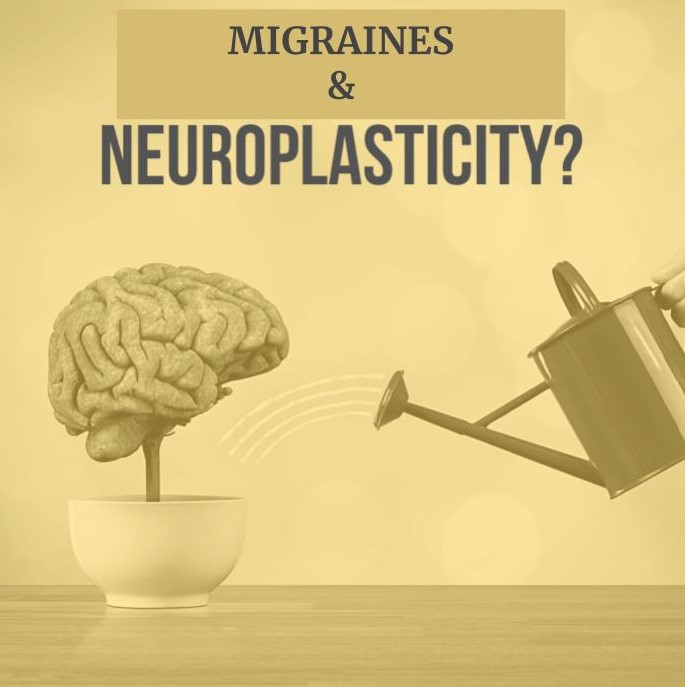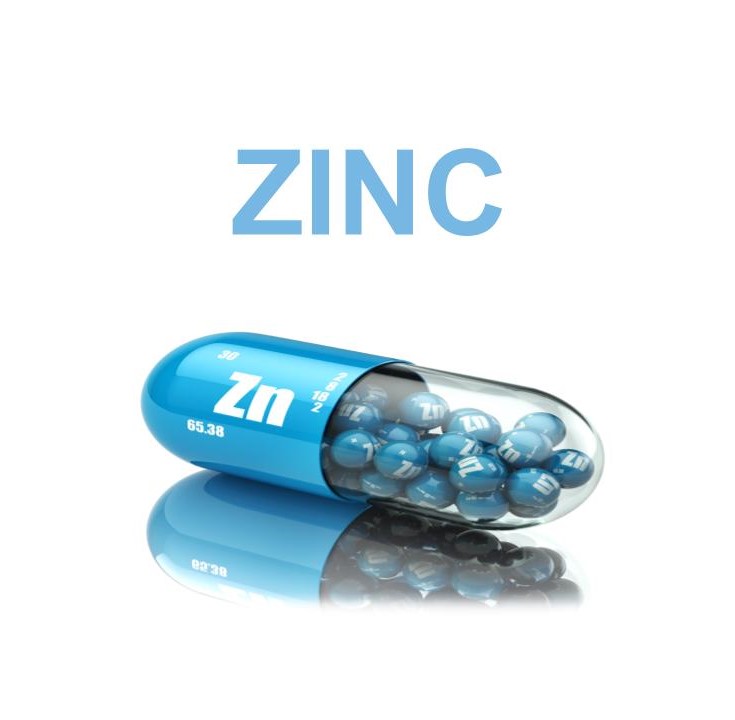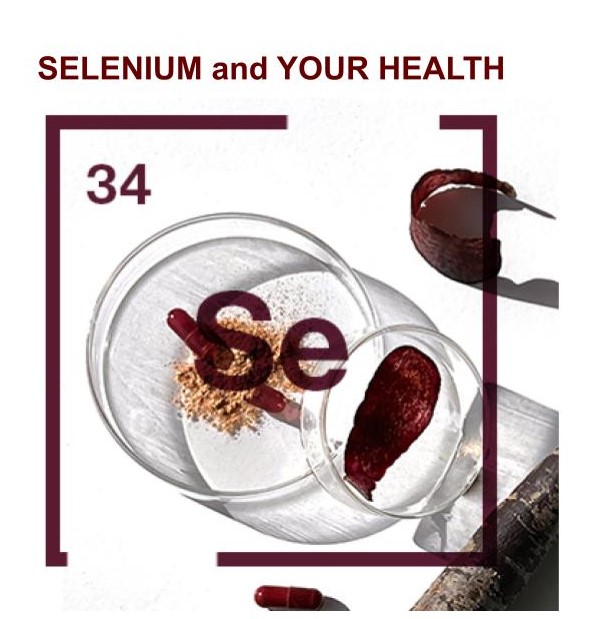
In the realm of migraine research, the concept of neuroplasticity is emerging as a pivotal player, reshaping our comprehension of the brain’s dynamic responses to pain. Neuroplasticity, the brain’s ability to rewire itself, holds intriguing implications for understanding and treating migraines. As we explore the mechanisms behind this adaptability, it becomes evident that the brain’s structural changes play a crucial role in migraine experiences. The discovery of synaptic pruning, long-term potentiation, and the formation of new neural pathways provides insights into potential therapeutic avenues. Harnessing neuroplasticity could revolutionize migraine management, offering hope for more effective treatments that target the brain’s adaptable nature and alleviate the burden of migraine sufferers. As research progresses, the future promises a deeper understanding of how neuroplasticity influences migraine patterns, leading to innovative strategies for prevention and relief.
Ferrari MD, Klever RR, Terwindt GM, Ayata C, van den Maagdenberg AM. Migraine pathophysiology: lessons from mouse models and human genetics. Lancet Neurol. 2015;14(1):65–80. doi: 10.1016/S1474-4422(14)70220-0.
Wessman M, Terwindt GM, Kaunisto MA, Palotie A, Ophoff RA. Migraine: a complex genetic disorder. Lancet Neurol. 2007;6(6):521–532. doi: 10.1016/S1474-4422(07)70126-6.

 \
\






